
The Definitive Guide to Modernizing Applications on Google Cloud. The what, why, and how of application modernization on Google Cloud Steve (Satish) Sangapu, Dheeraj Panyam, Jason Marston
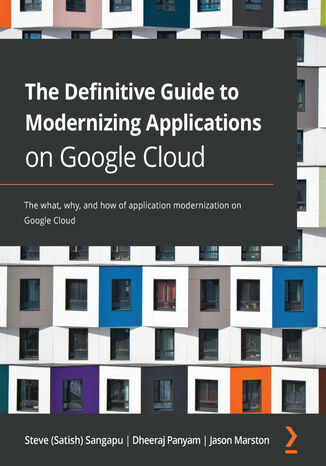



- Autorzy:
- Steve (Satish) Sangapu, Dheeraj Panyam, Jason Marston
- Wydawnictwo:
- Packt Publishing
- Ocena:
- Stron:
- 488
- Dostępne formaty:
-
PDFePub
 opcje wysyłki »
opcje wysyłki »
Opis
książki
:
The Definitive Guide to Modernizing Applications on Google Cloud. The what, why, and how of application modernization on Google Cloud
This book helps you to build on your existing knowledge of enterprise application development and takes you on a journey through the six Rs: rehosting, replatforming, rearchitecting, repurchasing, retiring, and retaining. You'll learn how to modernize a legacy enterprise application on Google Cloud and build on existing assets and skills effectively. Taking an iterative and incremental approach to modernization, the book introduces the main services in Google Cloud in an easy-to-understand way that can be applied immediately to an application.
By the end of this Google Cloud book, you'll have learned how to modernize a legacy enterprise application by exploring various interim architectures and tooling to develop a cloud-native microservices-based application.
Wybrane bestsellery
Packt Publishing - inne książki
Dzięki opcji "Druk na żądanie" do sprzedaży wracają tytuły Grupy Helion, które cieszyły sie dużym zainteresowaniem, a których nakład został wyprzedany.
Dla naszych Czytelników wydrukowaliśmy dodatkową pulę egzemplarzy w technice druku cyfrowego.
Co powinieneś wiedzieć o usłudze "Druk na żądanie":
- usługa obejmuje tylko widoczną poniżej listę tytułów, którą na bieżąco aktualizujemy;
- cena książki może być wyższa od początkowej ceny detalicznej, co jest spowodowane kosztami druku cyfrowego (wyższymi niż koszty tradycyjnego druku offsetowego). Obowiązująca cena jest zawsze podawana na stronie WWW książki;
- zawartość książki wraz z dodatkami (płyta CD, DVD) odpowiada jej pierwotnemu wydaniu i jest w pełni komplementarna;
- usługa nie obejmuje książek w kolorze.
Masz pytanie o konkretny tytuł? Napisz do nas: sklep@helion.pl
Książka drukowana


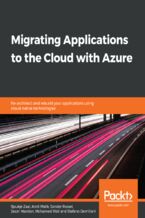

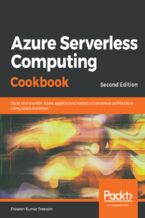

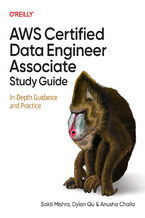

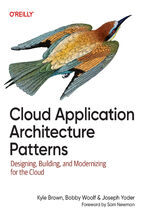

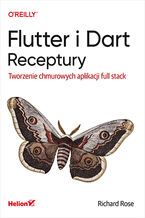
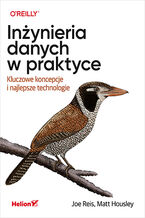
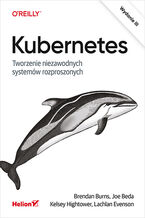
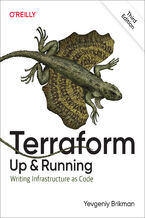
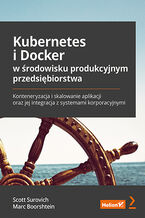






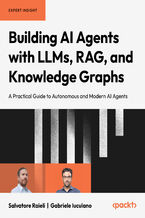
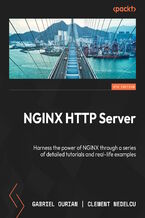
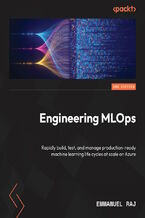

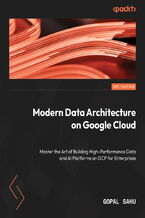
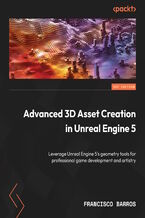
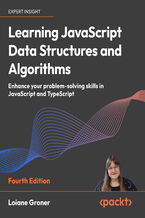
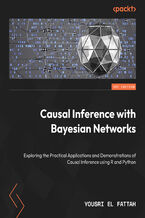
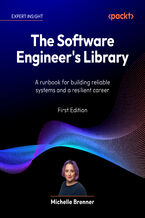
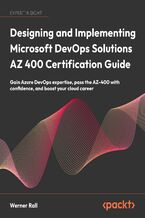



Oceny i opinie klientów: The Definitive Guide to Modernizing Applications on Google Cloud. The what, why, and how of application modernization on Google Cloud Steve (Satish) Sangapu, Dheeraj Panyam, Jason Marston
(0)